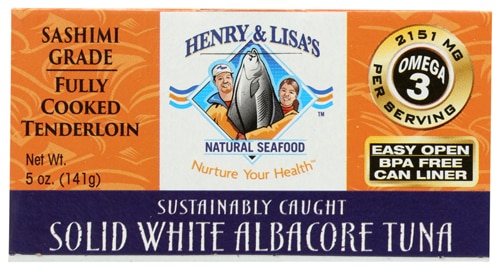Anglers love to tell tales of the big fish that got away. But if you skip seafood, you are missing out on something even more important – the chance to significantly improve your health.
October is National Seafood Month, a great time to remember the many benefits that seafood offers your body.
Such reminders are especially timely, since Americans of all demographic groups eat far too little seafood compared to what experts recommend, according to findings from the federal government.
The best types of seafood
If you are considering a more seafood-rich diet, know that some foods are better than others.
“Your best bet is to choose types that are low in mercury and high in omega-3s,” says Amy Gorin, a New York-based registered dietitian nutritionist and owner of Amy Gorin Nutrition.
Fatty fish such as salmon, sardines and herring supply two types of omega-3s -- EPA and DHA -- that can help lower the risk of heart disease.
Studies also have found that regular intake of DHA and EPA may improve cognitive function in older adults who complain of mild memory issues, Gorin says.
“Aim for at least two 3.5-ounce servings of cooked fatty fish a week,” she adds.
The best types of seafood include:
- Salmon. Just 3 ounces of cooked Atlantic wild salmon provides about 25 grams of protein. “This is a high-protein fish,” Gorin says.
- Sardines. Eating sardines supplies the body with omega-3s, boosting heart and brain health.
- Mackarel. Gorin says mackerel is one of the few food sources that naturally provides vitamin D, which strengthens bones and teeth, and supports the immune system. “Most of the vitamin is found in the flesh of the fish, so aim to eat the skin, she says.
The U.S. Department of Agriculture notes that shellfish -- including oysters, mussels, clams and calamari -- also are rich in omega-3s.
Use caution when planning your seafood diet
By contrast, avoid eating too much of some types of seafood. “You definitely want to plan out the types of seafood you’re eating so that you’re not taking in too much mercury or PCBs,” Gorin says.
She notes that the National Resources Defense Council wallet card does a good job of providing guidelines on where various types of fish rank in terms of mercury content.
“Always avoid high- and highest-mercury fish” Gorin says. “Aim to eat moderate-mercury fish in moderation.”
PCBs -- polychlorinated biphenyls -- are industrial chemicals found in some types of lake fish and seafood.
In general, you are less likely to be exposed to PCBs if you eat wild salmon as opposed to farm-raised salmon that consume ground-up fish.
Tips for starting a seafood-rich diet
When adding more seafood to your diet, it makes sense to dip your toe into the water rather than plunging in.
Gorin says she only recently began eating seafood, and blogged about the experience on Instagram.
“I started with more neutral-tasting white fish such as flounder and mackerel,” she says.
Because she wasn’t accustomed to the taste, she also topped the fish with low-sugar BBQ sauce, pesto or salsa. “I was pairing a familiar food with an unfamiliar one,” she says.
Such tricks can help you gradually grow more comfortable with seafood. She also suggests starting with salmon, which is a “crowd pleaser” among her clients and acquaintances.
Remember to cook fish properly, so it is safe to eat. The USDA recommends cooking fish to 145 degrees Fahrenheit -- until it flakes with a fork.
Before cooking shellfish, make sure shells clamp shut when you tap them. If they do not -- or if shells don't open after cooking -- throw them away, the USDA says.
Cook shrimp, lobster and scallops until they are milky white.
Finally, Gorin urges you to experiment. Some people prefer a crisper preparation, such as grilling or blackening. Others opt for fish that is soft and roasted in the oven, or even cooked into a soup or stew.
“Experiment with what pleases your palate,” Gorin says.




